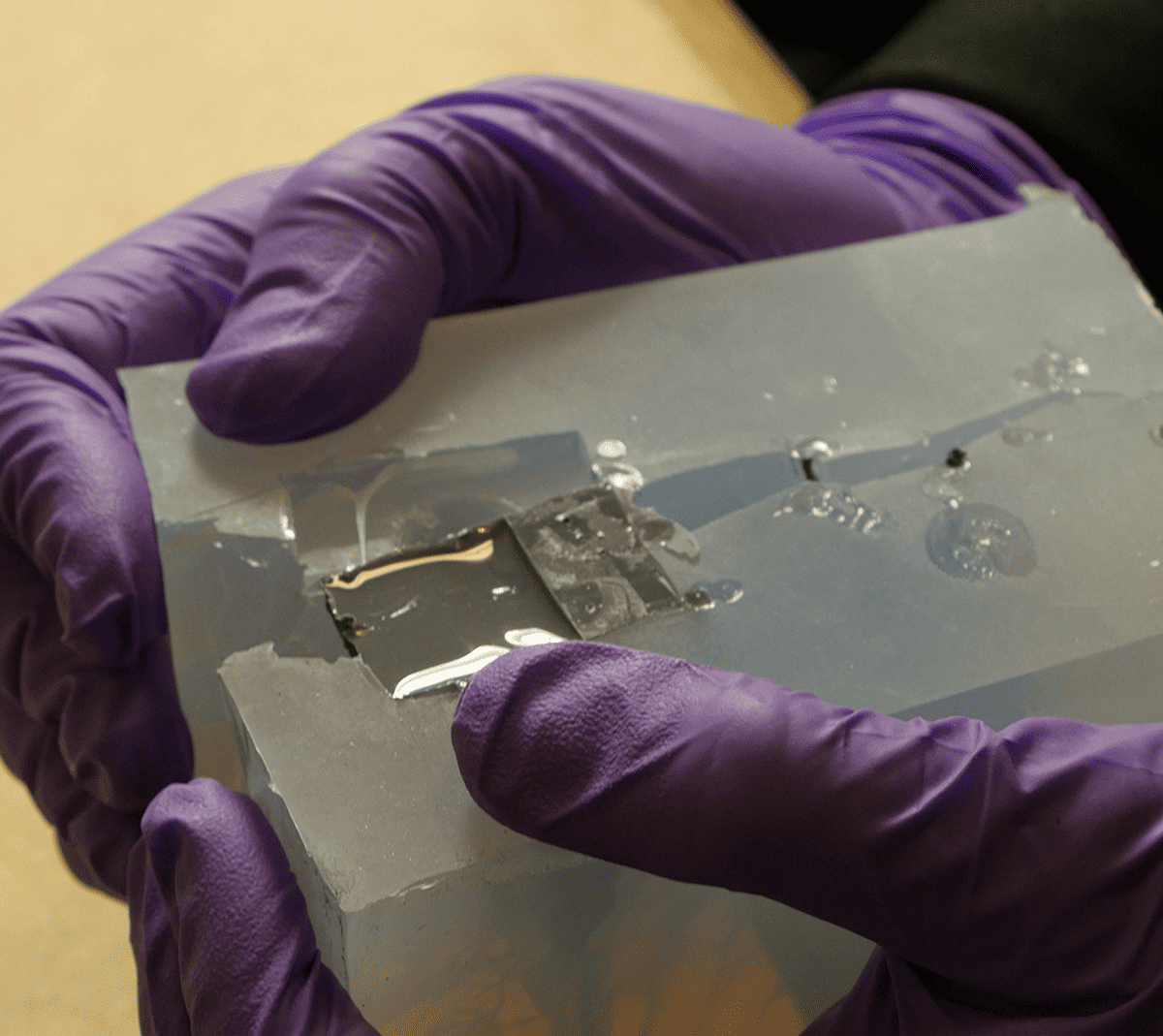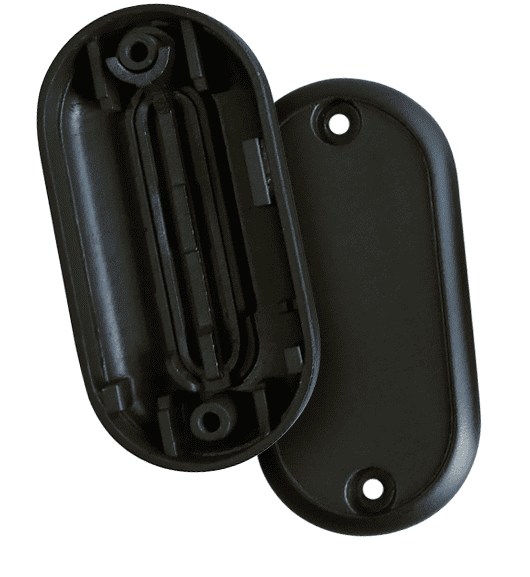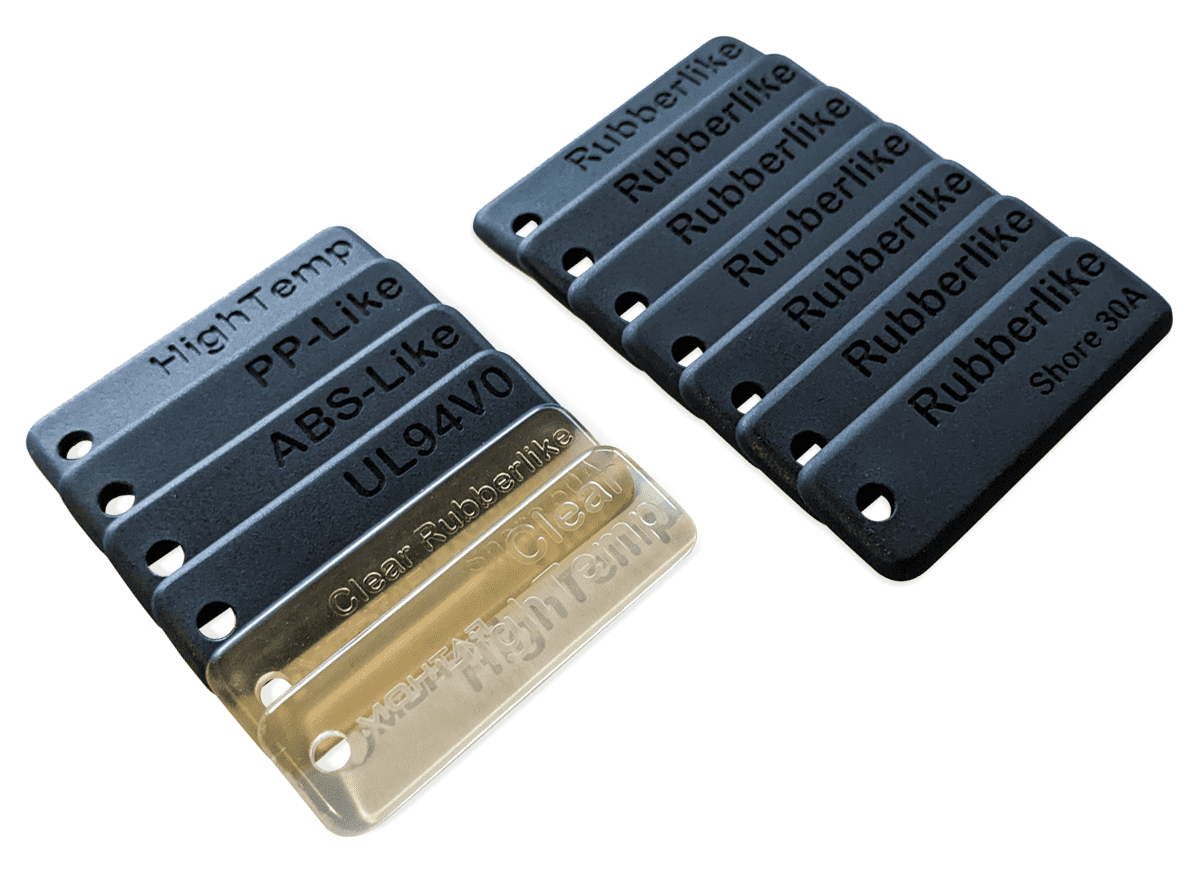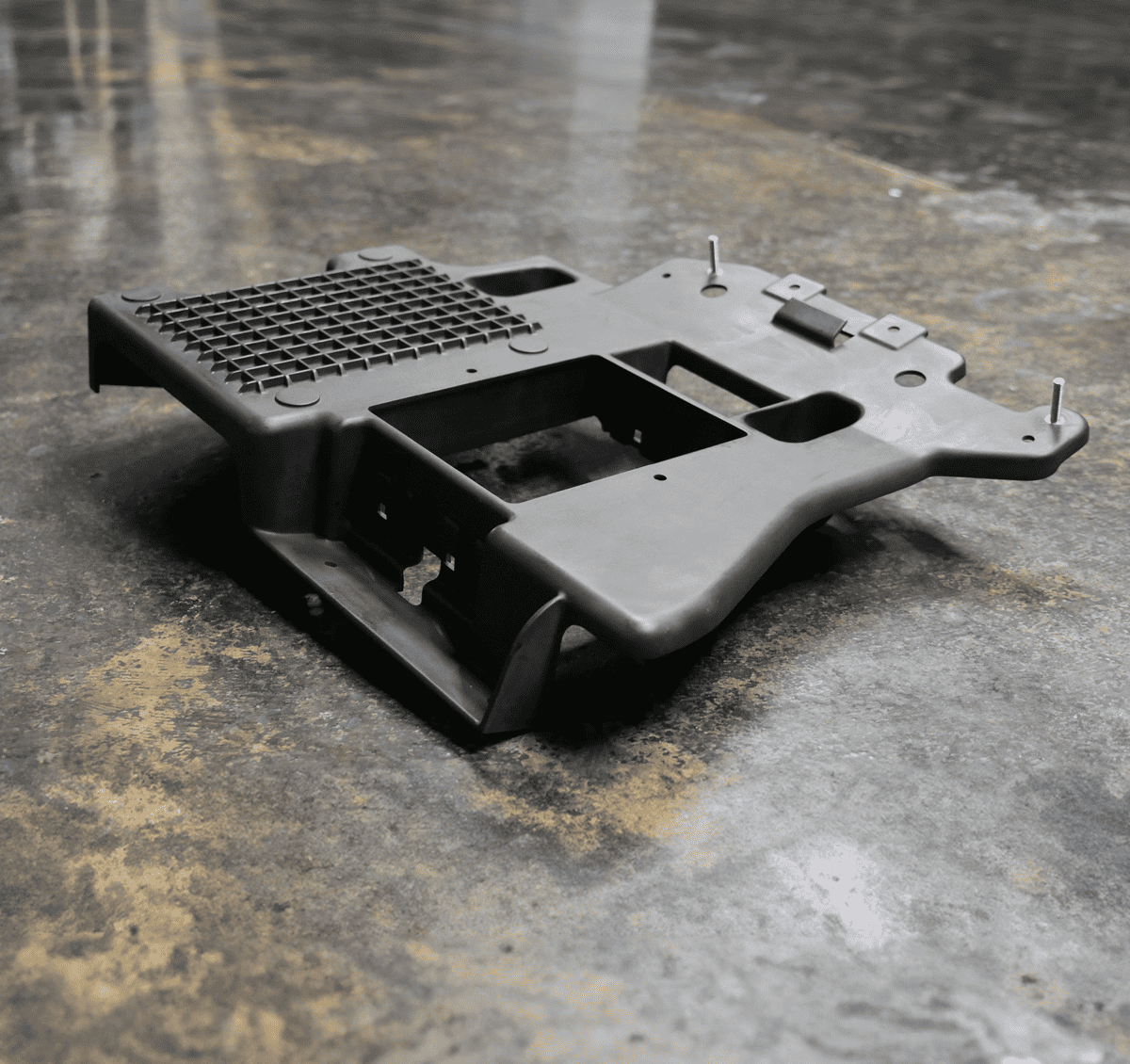Quick-Turn Production
Urethane Casting
- Parts As Soon As 2 Weeks
- Low-Volume Prototyping & Bridge to Production
- Mimics a Large Variety of Production-Grade Thermoplastics
Get a Quote
And connect to Fathom experts

Bring Your Product to Market Faster
with Fathom’s Urethane Casting Service
Validate Part Designs Without Hard Tooling
Are you planning to have parts produced via injection molding but aren’t ready to commit to tooling yet? Fathom’s urethane casting service is an ideal way to produce small quantities of parts quickly for functional and cosmetic testing. Depending upon the part geometry and quantity of parts needed, it can also be faster and less expensive than additive manufacturing.
Urethane Casting // Get A Quote
- How Does Urethane Casting Work?
- Applications of Urethane Casting
- What Does Urethane Casting Make Possible?
- What Can Urethane Casting be Paired With?
- Traditional Technologies That Can Benefit from Urethane Casting
- Urethane Casting Materials Available
- Check Out These Urethane Casting Printed Parts
- Finishing Option for Urethane Casting Parts
- Why Choose Urethane Casting?
How Does Urethane Casting Work?
The urethane casting process is simple:
- A master pattern is designed using 3D computer-aided design (CAD) software.
- The master pattern is created using CNC Machining or Stereolithography (SLA). Alternatively, it may be supplied by the client.
- The master pattern is then placed in liquid silicone to form a mold.
- After the silicone mold has fully cured, it is halved and the master pattern is removed. The cavity left behind is what is used for casting.
- Urethane and other resin materials are added to the mold tool and cured.
- The completed part is removed from the mold and the process is repeated.

Applications of Urethane Casting
Applications where Urethane Casting parts are used include:
- Enclosures
- Electronic device casings
- Lower-volume manufacturing
- Concept models
- Marketing test samples
- Bridge to production parts
- Point of purchase displays
- Conveyor systems
- Medical devices
- Specialty overmolding
- Aircraft interior components
- Soft, rubber-like parts
Industries where Urethane Casting parts are used include:
- Automotive
- Medical
- Consumer products
- Electronics
- Medical devices
What Does Urethane Casting Make Possible?
Overmolding // It’s easy to mold an elastomeric urethane over a metal or plastic part to create a rigid product with a soft surface, such as an armrest. Another common application is press fitting and gluing inserts into urethane parts.
Clear Parts // Urethane parts can be cast in a material that can be polished to a water-clear finish.
Flame Retardant Parts // One rigid urethane material is flame retardant. It’s hard to find additive materials with a UL94V0 rating.
Greater Design Freedom than Injection Molding // Injection molded parts need to follow strict design rules, such as avoiding undercuts and thick-to-thin wall transitions, and designing draft into parts so they can be released from the tool. Because the silicone molds used in urethane casting are flexible, design engineers don’t need to worry as much about these rules and can design more complex features into their parts.
Advantages
Many Finishing Options // Urethane parts can be painted to match any Pantone color. A variety of textures and finishes are also available.
Exceptional Detail // Urethane casting can be used to produce parts with complex geometries and fine detail.
Hard or Soft // Urethane materials can be used to create both rigid and flexible, elastomer-like parts.
Fast to Market // In the production range of 50-100 parts, urethane casting is often faster and less expensive than additive manufacturing. Whether you’re seeking bridge production or want to get consumer feedback on a new product, Fathom’s urethane casting service can help you bring products to market faster,
Test Multiple Hardness Levels from a Single Mold // One silicone mold can be used to produce the same part in a variety of durometers, so they can be tested side-by-side to determine which one works best.
Disadvantages
Lead Time // It takes an average of two weeks for silicone tooling to be created. Once it’s done, however, parts can be produced quickly.
Short Tool Life // Silicone tooling can only produce an average of 20-25 parts. After that, new tooling must be built to produce additional castings. This also means that urethane casting isn’t practical for large-scale part production.
Limitations for Prototyping // Additive manufacturing is ideal for rapid prototyping because it enables designers to quickly iterate a series of designs. In contrast, the silicone tooling used for urethane castings tends to lock engineers into a single design. New tools can be built to accommodate design changes, but each one takes an average of two weeks to build.
Impractical for 1-2 Prototype Parts // Compared to CNC machining or additive manufacturing, the cost to produce silicone tooling to produce one or two prototype urethane parts can be cost-prohibitive on a per-part basis. The sweet spot for producing urethane castings is in the 50-100 range.
What Can Urethane Casting be Paired With?
Overmolding enables designers to create parts with rigid and flexible parts, such as armrests and door handles, consumer products with two-tone designs and products with grippable surfaces. It’s also commonly used in the medical industry to create components that are easier to clean for use.
Polyurethane is easy to bond to other materials, such as plastic, metal and wood.
Alternatives to Urethane Casting
For quantities larger than 200 parts, designers should look at other options, such as injection molding.

Traditional Technologies That Can Benefit from Urethane Casting
Many design engineers don’t realize that urethane casting is a viable and affordable alternative to producing small quantities of parts using injection molding. It produces parts with a surface finish and mechanical properties that are similar to injection-molded parts, making it ideal for late-stage prototyping and bridge production.
It’s also well-suited to parts with complex geometries and fine details.
Urethane Casting Materials Available
Whether you are in the prototyping phase of product development or need finished-looking parts for final tests and presentations, Fathom’s urethane casting service can build parts to your specifications.
Not sure what you need? Talk to an expert from Fathom’s urethane casting service today!

Finishing Options for Urethane Casting Parts
Urethane parts can be painted to match any Pantone color. A variety of textures and finishes are also available from Fathom’s urethane casting service. They can also be post-machined to achieve tight tolerances and can accommodate a variety of inserts.
Talk to an expert at Fathom today to discuss your Urethane Casting post-processing needs.

Why Choose Urethane Casting?
Affordability
For low-volume production of parts, it’s often less expensive than injection molding or additive manufacturing.
Part Validation
Urethane casting can be used to quickly produce prototype parts that mimic the look and feel of injection molding, before committing to tooling.
Complexity
It can be used to produce parts with complex geometries that may be challenging to create using other manufacturing methods.
Flexible to Rigid
Produce parts with a wide range of hardness – ideal for comparing different versions of the same part side-by-side.
Why Choose Fathom’s Urethane Casting Service?
You can benefit from Fathom’s technology-agnostic approach. We’ll start by having an engineer analyze your part design, and understand its intended use as part of our detailed DFM process. We’ll then advise you on the best material and manufacturing solution to meet your requirements – whether that’s urethane casting, injection molding or CNC machining.
The Fathom team has extensive experience producing urethane castings. We can help you meet your timing and performance requirements. We utilize overseas partners to produce our urethane parts, which helps keep them affordable.
